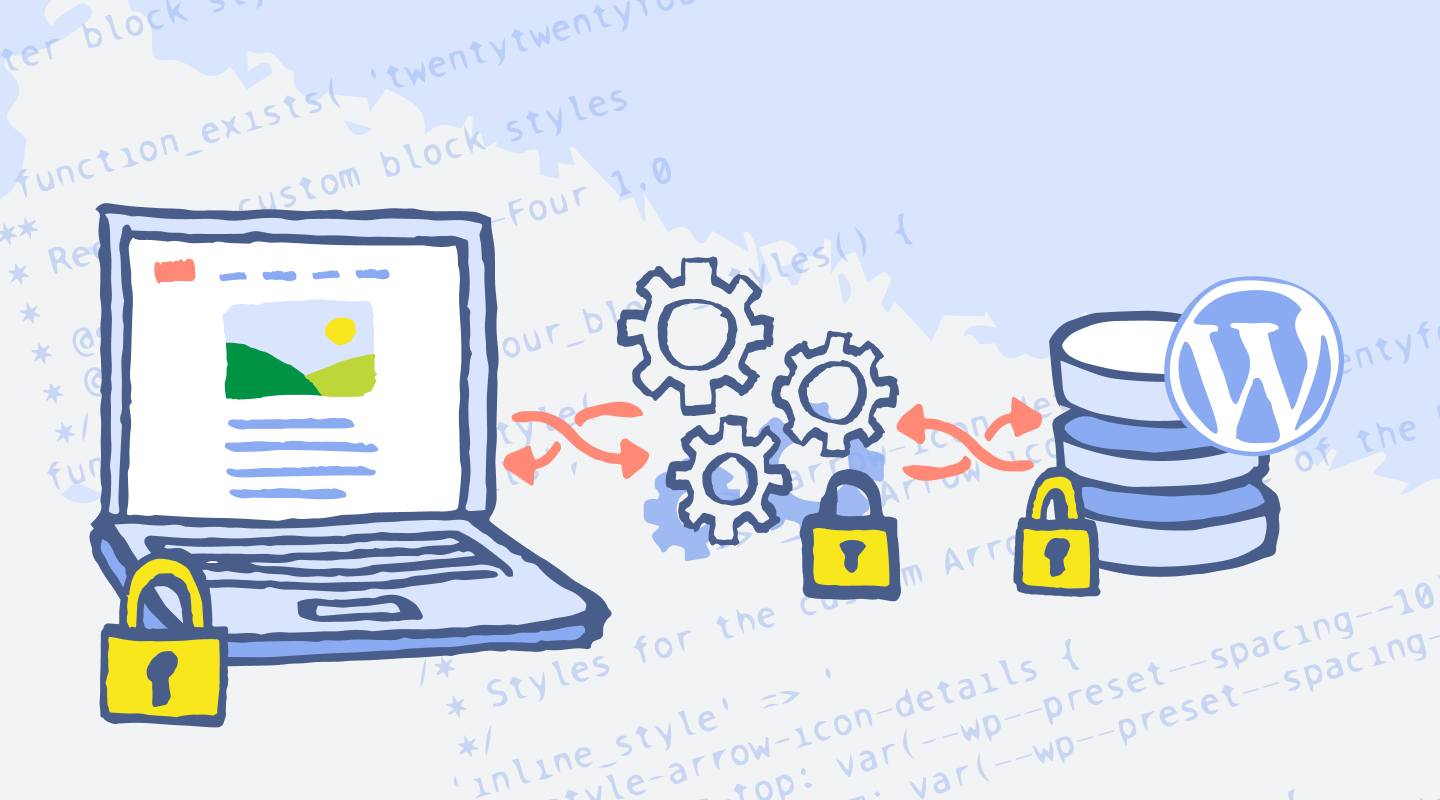
Understanding DDoS Attacks: Mechanisms and Protection Strategies
What is a DDoS Attack?
A Distributed Denial of Service (DDoS) attack is a malicious attempt to disrupt the normal functioning of a targeted server, service, or network by overwhelming it with a flood of internet traffic. Unlike traditional denial-of-service (DoS) attacks, which typically originate from a single source, DDoS attacks employ numerous compromised systems, often referred to as botnets, to launch a coordinated assault. This characteristic makes DDoS attacks fundamentally more challenging to defend against, as the incoming traffic is dispersed across various locations, complicating identification and mitigation efforts.
The motivations behind DDoS attacks can be diverse. Financial gain is a primary driver for many attackers who may use such tactics to extort businesses, demanding ransom to cease their disruptive activities. Political activists, known as hacktivists, may resort to DDoS attacks to protest against specific organizations or government actions, aiming to generate awareness or drive change. Additionally, competitors in a business setting might deploy DDoS attacks to gain an unfair advantage by crippling rival services. Notable incidents illustrate the severe implications these attacks pose: for instance, the 2016 DDoS attack on Dyn, which disrupted numerous high-profile websites including Twitter, Netflix, and Reddit, caused widespread chaos and loss of service for millions of users.
Another high-profile example occurred in 2018, where the website of a prominent cybersecurity company experienced a DDoS attack reaching unprecedented traffic levels, showcasing the potential for significant operational impact. Through their ability to inflict damage and gain attention, DDoS attacks have emerged as a common tactic among cybercriminals and activist groups alike. Understanding these threats is crucial for organizations aiming to bolster their security posture and protect against such potentially devastating incidents.
How DDoS Attacks Work
Distributed Denial of Service (DDoS) attacks are a pervasive threat to online services, targeting availability by overwhelming a system with excessive traffic. The fundamental mechanism behind a DDoS attack involves a network of compromised devices—known as a botnet—which attackers utilize to send massive volumes of traffic to a targeted server or network. Each device within a botnet, often infected malware on personal computers or IoT devices, contributes to the flood of data that can incapacitate legitimate traffic, rendering services unavailable to users.
There are several types of DDoS attacks, each operating with distinct methodologies. Volume-based attacks aim primarily to saturate the bandwidth of the target, sending a high volume of requests, often measured in bits per second (bps). Examples of this include UDP floods and ICMP floods, which exploit the fundamental design of the network layer to overwhelm the target’s capacity.
Protocol attacks take advantage of vulnerabilities in the communication protocols that operate within networks. These attacks, such as SYN floods, often exploit the handshake process of TCP connections, consuming server resources and leading to eventual unavailability of the service. By generating malformed packets or exploiting session-handling mechanisms, attackers can severely affect performance without necessarily requiring extensive bandwidth.
Application-layer attacks represent a more sophisticated form of DDoS attack, targeting specific applications running on a web server. Examples include HTTP floods, where attackers send an overwhelming number of HTTP requests to exhaust application resources. This type of attack can be particularly damaging, as it may not be detected as an attack until it is too late, mimicking legitimate traffic patterns while significantly impacting application performance.
The consequences of a DDoS attack can be severe, ranging from financial losses due to downtime, damage to a brand’s reputation, and significant theft of resources. Understanding the mechanics behind these attacks is essential for developing effective mitigation strategies and ensuring the resilience of online services.
Signs of a DDoS Attack
Distributed Denial of Service (DDoS) attacks can wreak havoc on network performance and service availability. Being able to identify the signs of such an attack is crucial for organizations aiming to mitigate potential damage. One of the most common indicators of a DDoS attack is noticeably slow network performance. If users experience unusually long load times for websites or applications, it may be a result of overwhelming traffic patterns directed at a specific service, hindering legitimate users’ access.
Another clear warning sign is the presence of unresponsive services. When key applications or platforms become intermittently available, it often points to a flood of illegitimate requests. This disruption can lead to significant operational headaches as teams scramble to restore normal functionality. Organizations may also observe a significant increase in traffic, particularly if the spike appears sudden and uncharacteristic of typical usage patterns. Identifying such surges early can be vital for proactive defense measures.
To effectively monitor and detect these unusual traffic patterns or service disruptions, leveraging specialized monitoring tools is essential. Network traffic monitoring solutions can provide real-time insights into performance metrics, revealing conspicuous anomalies. Additionally, log analysis tools allow organizations to review access logs and identify sources of potentially malicious traffic. Setting up alerts for abnormal spikes in inbound requests can help teams respond promptly when an attack is suspected. Moreover, organizations should consider implementing rate limiting, firewall rules, and other security measures that can help mitigate potential threats before they escalate.
Timely recognition of these signs can make a significant difference in an organization’s ability to respond effectively to a DDoS attack. Being vigilant and employing robust monitoring tools enhances preparedness and strengthens protective strategies against such malicious activities.
How to Protect Yourself from DDoS Attacks
Protecting oneself or an organization from Distributed Denial of Service (DDoS) attacks requires a multi-faceted approach. Implementing robust network security measures is the first step towards safeguarding critical online resources. This may include deploying advanced firewalls that analyze incoming traffic patterns for any anomalies indicative of DDoS attempts. Firewalls can block unauthorized access and prevent harmful traffic from overwhelming servers, thus maintaining system functionality.
In addition to firewalls, organizations should incorporate intrusion detection systems (IDS). These systems monitor network traffic in real-time and can alert administrators to potential threats. By identifying unusual spikes in traffic, IDS can serve as an early warning system, allowing timely intervention to mitigate attack impacts. Organizations should also consider employing DDoS mitigation services offered by specialized providers. These services can absorb large volumes of malicious traffic, ensuring that only legitimate requests reach the organization’s servers, thereby preserving service uptime and availability.
Another vital measure is the development of an incident response plan. This plan outlines specific procedures to be followed in the event of a DDoS attack, which will minimize response time and reduce potential damage. It should include contact information for key personnel, strategies for traffic analysis, and actions for restoring services after an attack.
Regular security assessments are equally important. Conducting routine evaluations of the network infrastructure helps identify vulnerabilities that could be exploited in an attack. Keeping systems updated with the latest security patches and software versions is essential in closing loopholes that could be targeted by attackers.
By employing these strategies and maintaining an ongoing commitment to cybersecurity practices, individuals and organizations can effectively reduce the risk of falling victim to DDoS attacks.






